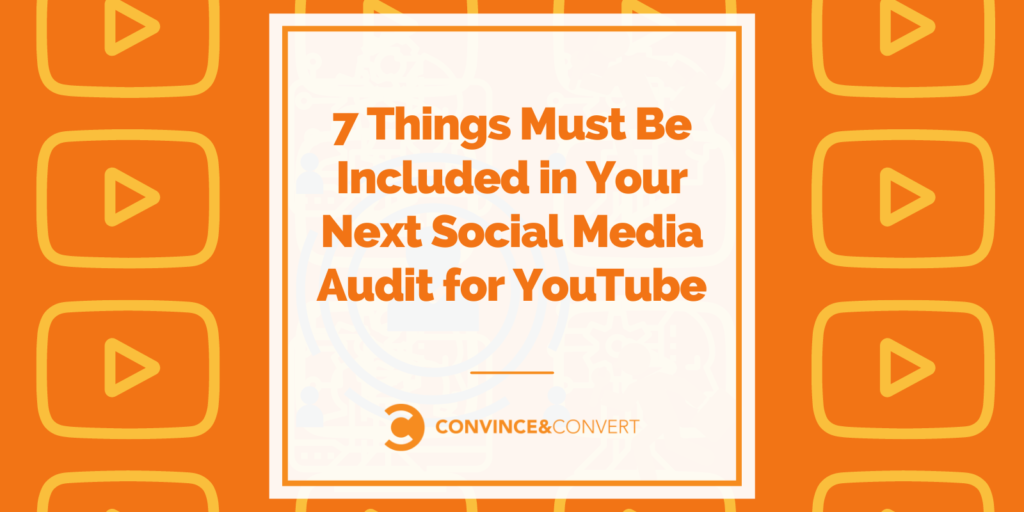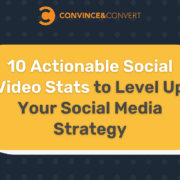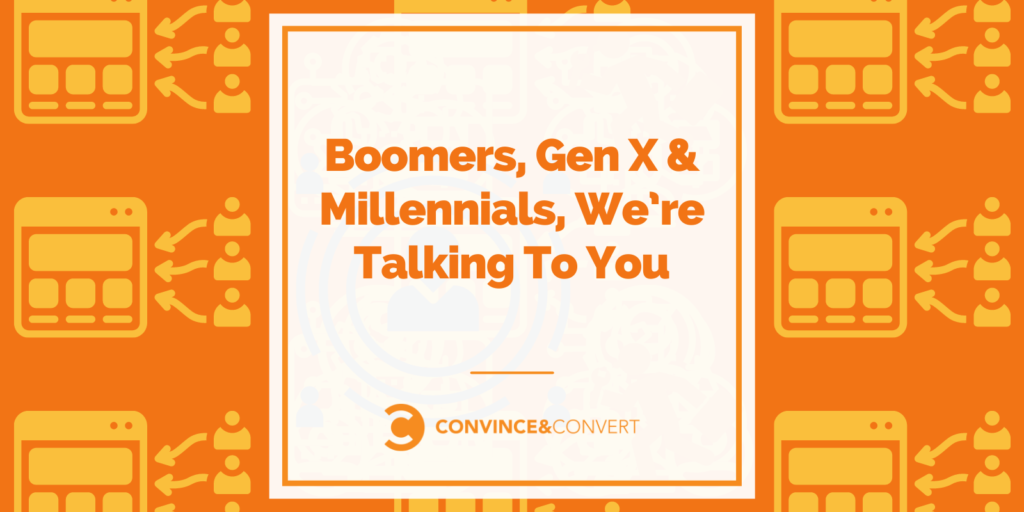How to Analyze the Performance of Your Digital Media

Digital marketing is the keystone of any modern-day marketing campaign. With the emergence of SEO and social media, there’s never been a better time to be in the B2B space online.

The ever-growing world of social media and even the traditional forms of email marketing have created ideal platforms to share your content directly with clients and prospects alike. This is great for your marketing spending and your overall bottom dollar.
But how exactly do you know that your digital media campaigns are working?
Here’s a quick video to lock down the basics of measuring your digital media campaigns from Zaryn @ Market & Hustle.
Quick Takeaways:
- Digital media campaigns are important for raising brand awareness in prospects and leads
- They can also build brand trust and recognition with customers you’ve already secured
- Providing content people want to read is the most important part of the puzzle
Here’s the big picture for understanding metrics and which ones should matter to your business:
Identifying KPIs:
What’s the point of putting in all this effort if you can’t tell what’s working? When creating your content marketing process, you have to define your key performance indicators (KPIs).
Examples of KPIs include:
- Measuring how a content marketing campaign impacts your sales team’s productivity
- The percentage of customers that were marketing-generated, and what business was earned from content marketing
- Measuring hours of work put into content marketing vs money put into ad spending
KPIs are your benchmarks for success, and every other metric is what defines your KPIs.
Follower and engagement growth
An easy metric to check out the success of your social media is how many followers you are gaining and how many times your posts are being engaged with.
You can check out what posts lead directly to a prospect or customer clicking through to your profile and clicking the follow button to stay up-to-date with your company.
Socialmediaexaminer.com says:
The number of social media followers you have matters because bigger numbers translate to higher levels of engagement and more traffic.
Followers aren’t everything though, engagement is! Engagement is any comment, like, or share that happens to one of your posts. Driving up engagement leads to social media platforms suggesting your content to their users.
Being on the front page of someone’s social media timeline is the golden goose of digital marketing. This is done through quality content appropriate to each platform and consistent monitoring of what is successful and what isn’t.
Conversion rate

Source: Disruptive Advertising
Views are great, but what happens after the initial click? Is the reader just leafing through your website? Are they sharing it? Are they actually purchasing your product or scheduling your services?
Conversion rate shows how many prospects are becoming customers. This metric is the real shining gem of your content marketing efforts! Converting prospects should be your number one goal with content marketing.
Oftentimes the places where you are producing and publishing media give you excellent analytics tools to help assess what ads or content is producing the best conversion rate.
By figuring out what content does the best across what platforms, you can make better, more informed decisions on what media to spend the most time on.
Value comparison between efforts
Deciding the best formula of what media to use and how much is the point of analyzing your digital marketing campaign. Since blog writing and distribution are large portions of that effort, here’s some tips on how to go about comparing success.
Blog writing:
Your blog is the keystone of your website traffic. Writing perfect blog posts and publishing regularly on a schedule is how you attract new eyes to your website, and in turn your product or service.
You know this, but when was the last time you actually checked up on your articles’ metrics? By using Google Analytics or SEMrush, you can check on your lead generation rates, conversion rates, and more.
Another easy metric that falls under your content category is time on page.
Monica Carol of Team Bonding NYC says:
“There’s a strong correlation between how much time users spend on the page and the quality of the lead.”
If your content is quality, users are more likely to stick around and read it, increasing the average time on page per user. With quality content comes quality leads!
Email marketing:
Good SEO practices aren’t the only way you’ve been sharing your content though. Through sites like Mailchimp and Constant Contact you’ve been growing your email lists and staying in front of your customers’ eyes.
Much like other SEO tools, successful email marketing services offer excellent metrics like open rates, conversion rates, and forwarding rates (not to mention what times your emails are the most successful).
By experimenting with different formats and timed releases, you can find what’s drawing the most leads and conversions through your email marketing efforts.
Customer retention rate

Source: Marketing Charts
What is customer retention? Customer Retention is the measure of the percentage of customers who continue to use your product over time. Some companies measure the opposite of retention: churn rate. Or the percentage of customers who leave in a given time period.
Customer success is a complex challenge to solve. The required investment of time, energy and resources to set up a successful customer can drain a business while it figures out what it takes to make them stick.
Ultimately, the only way a company can be successful is if the cost to acquire and retain a customer is largely outweighed by the monetization that customer will return to your business (about 3-5x that cost).
So how do you know if you’re retaining customers acquired through your digital media efforts? There’s a few ways!
You can ask – Using surveys through your email marketing efforts can help you figure out just who has been using your product or service over a longer period of time. This also builds brand trust because people want to feel like your business cares about them.
Analytics – Often websites will show you on the backend how many customers you have are repeat customers. Diving deep into the extra layer to see how many came from your digital media efforts is a good step in hitting your KPIs.
Look at the voices on your social media – Seeing individual voices in your business’ community discuss your business, service, or content can give you a good read on how many newer customers you are attracting and if there are any older clients steering the overall conversation online.
Wrap up
Metrics for your digital media efforts aren’t always easy to identify, but this list is a great place to start! What’s important to remember is you have to be able to piece small metrics into a larger picture. Yield from a great digital media campaign comes with critical thinking and data analysis.
Now it’s time to define your key metrics and get to work on figuring out what’s successful with your digital media campaigns and what you can improve on!
Do you want to use some of the marketing strategies seen here on MIG’s site but need some help or advice? Marketing Insider Group has a team of 35+ experienced writers ready to produce content for YOUR business. Check out our weekly blog content service or schedule a free consultation.
The post How to Analyze the Performance of Your Digital Media appeared first on Marketing Insider Group.
Did you miss our previous article…
https://www.sydneysocialmediaservices.com/?p=2458











